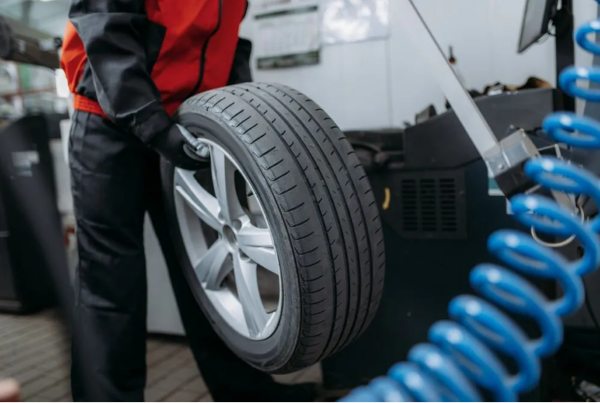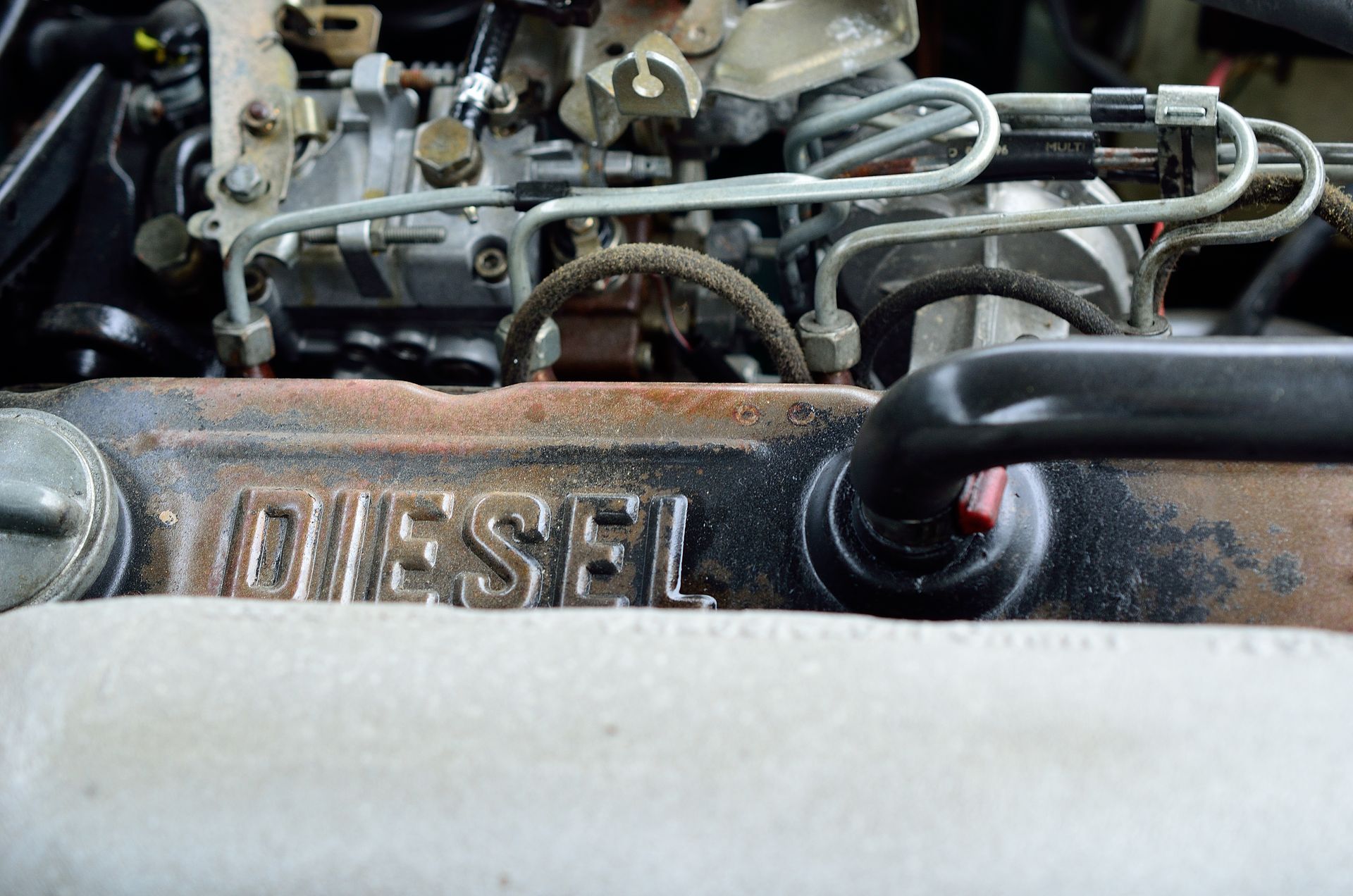Car fuses are small but essential components in your vehicle's electrical system. They protect various electrical circuits from damage caused by overloading or short circuits. Understanding the function of car fuses, recognizing the signs of a blown fuse, and knowing when to seek professional help can ensure your vehicle remains safe and operational. Our guide will delve into what car fuses do, the signs that indicate they need repair, and why timely maintenance is crucial.
What Are Car Fuses?
Car fuses are designed to protect your vehicle’s electrical circuits by preventing overcurrent, which can cause significant damage to the electrical system and even lead to fires. They are usually located in two main areas: under the hood and beneath the dashboard. Each fuse is rated for a specific amperage and is part of a circuit. When the current exceeds this rating, the fuse blows (i.e., the metal strip inside the fuse melts), cutting off the flow of electricity to prevent damage.
Types of Car Fuses
Blade Fuses
These are the most common type found in modern vehicles. They are small, rectangular, and have two prongs that fit into the fuse box.
Glass Tube Fuses
Commonly found in older vehicles, these cylindrical fuses contain a thin metal wire inside a glass tube.
Ceramic Fuses
Used in some high-performance and older cars, these fuses are made of ceramic material and are designed to handle higher amperage.
Common Signs of a Blown Fuse
- Electrical Components Not Working
- One of the most apparent signs of a blown fuse is when an electrical component stops working. This could include:
- Headlights or Taillights
- Radio or Infotainment System
- Power Windows or Locks
- Interior Lights
Burnt Smell or Visible Damage
A burnt smell near the fuse box can indicate a blown fuse. Additionally, inspecting the fuse for visible damage such as a melted metal strip or discolored casing can confirm the issue.
Frequent Blowing of Fuses
If you find that a particular fuse keeps blowing repeatedly, it could signify a deeper electrical issue, such as a short circuit or faulty wiring. In such cases, it's essential to have a professional diagnose and repair the problem.
Steps to Check and Replace a Fuse
- Locate the Fuse Box - First, locate the fuse box in your vehicle. Refer to your owner's manual to find the exact location, which is typically under the dashboard or in the engine compartment.
- Identify the Faulty Fuse - Using the fuse diagram on the fuse box cover or in your owner’s manual, identify the fuse associated with the malfunctioning component. Remove the fuse using a fuse puller or a pair of pliers.
- Inspect the Fuse - Check the metal strip inside the fuse. If it's broken or melted, the fuse is blown and needs to be replaced.
- Replace the Fuse - Replace the blown fuse with a new one of the same amperage rating. Do not use a fuse with a higher rating, as this can cause more serious electrical problems.
Car fuses play a crucial role in protecting your vehicle's electrical system from damage. Recognizing the signs of a blown fuse and knowing how to check and replace them can save you from more significant electrical issues. However, persistent problems should be addressed by a professional technician to ensure your vehicle's safety and reliability.
If you’re experiencing electrical issues in your vehicle, don't wait for the problem to escalate. Schedule a diagnostic appointment with Brady's Auto Repair and Diesel in Boerne, TX today. Our experienced technicians can quickly identify and resolve any electrical problems.





